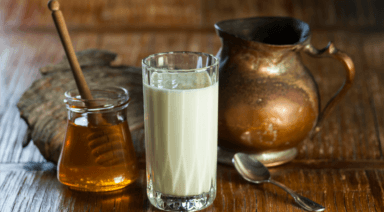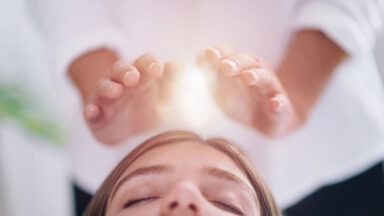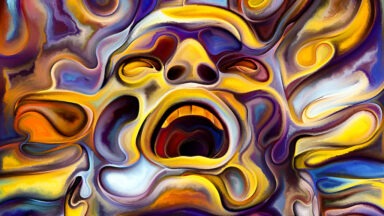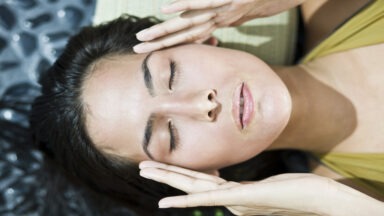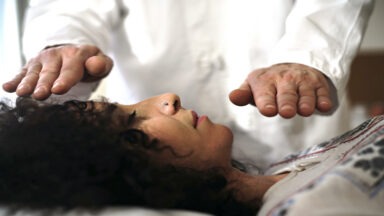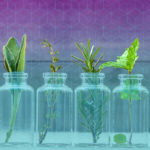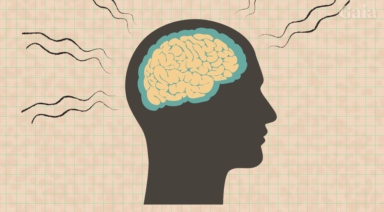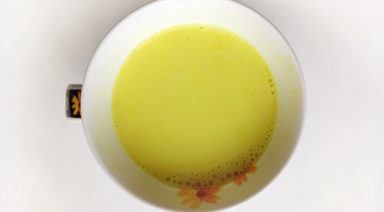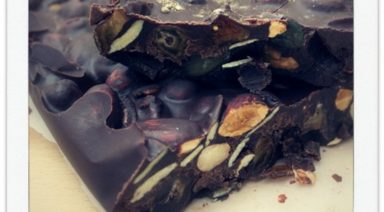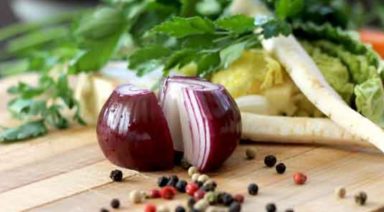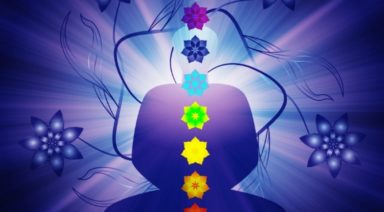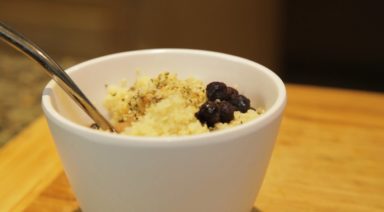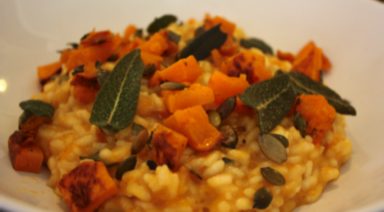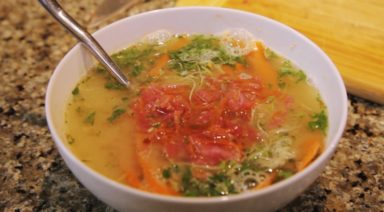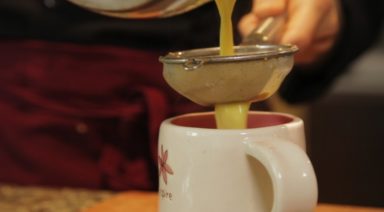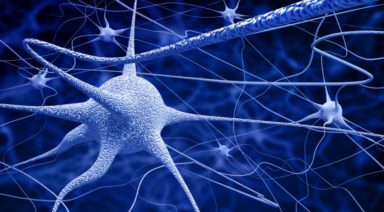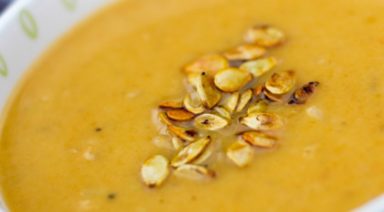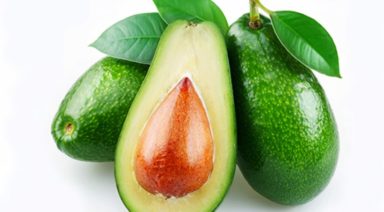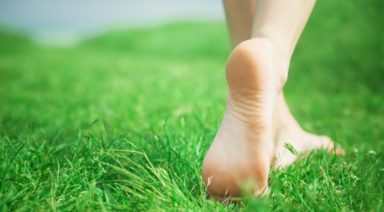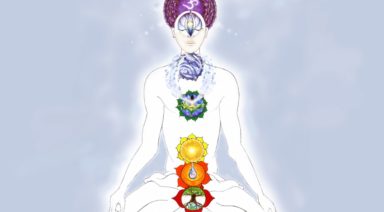Five Effective Ayurvedic Dental Care Methods

While Ayurvedic medicine approaches each person as a unique combination of doshas and requirements, basic oral hygiene is universal, and Vedic methods have proven to be efficacious — the National Institute for Health (NIH) has published 22 favorable studies confirming the value of these ancient health practices.
Dental care falls under the umbrella of Ayurvedic surgery — there was no specialized dentistry branch within the Vedic system. Teeth are considered part of the skeletal system, and sockets are seen as joints. Oral health in Ayurveda is linked to overall health and well-being, and the condition of the mouth and tongue are considered a window to the body’s health.
The mouth and teeth are also used to determine dosha imbalances. In the most general terms, oral mucus and plaque, along with a white coating on the tongue, indicates kapha imbalances; dry, cracked lips, tooth pain, receding gums and cavities indicate vata imbalances; mouth ulcers, bleeding gums, and tooth sensitivity are associated with pitta imbalances.
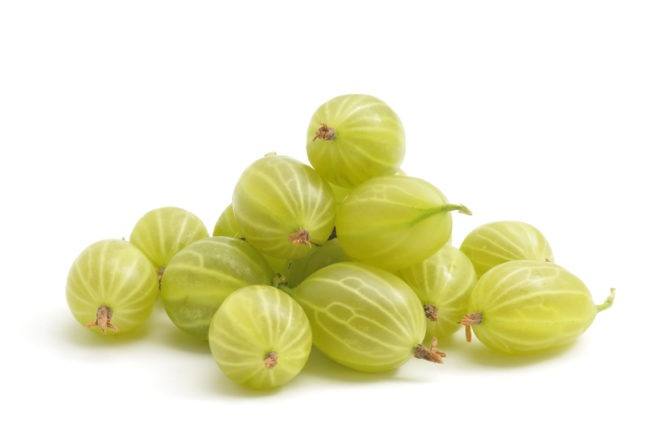
Gooseberries, or Amla.
Five Ayurvedic Dental Care Practices:
-
Amla, or Gooseberry
This fruit, in fresh or dried forms, is known to support the connective tissues in the gums and keep teeth from loosening. The fruit works slowly over the long term, but the results are long lasting. Gooseberry fights bacteria and protects from decay, cavities and bad breath. In India, the fresh fruit is chewed, but amla powder is available in the West via online retailers or Vedic pharmacies. This brand is certified organic. One method for amla delivery is making a mouth rinse:
- Put two green tea bags in one cup of boiling water.
- Let cool, then add one tablespoon amla powder.
Use as a mouth rinse before bedtime. Refrigerate, and shake well before using.
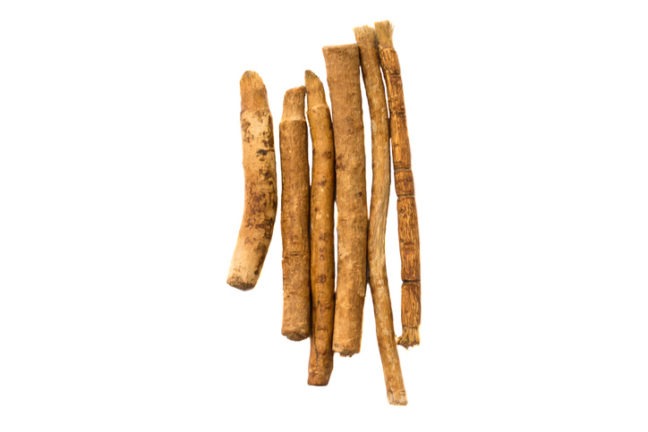
Tooth Cleaning Sticks
2. Miswak and Neem Tooth-Cleaning Twigs
Miswak twigs are from the arak tree. The sticks have been used for thousands of years in the Middle East and Asian sub-continent. Research shows that, compared with a toothbrush, miswak twigs are more effective on streptococcus bacteria and its mutations. They are also less abrasive than traditional tooth brushes. The World Health Organization recommends miswak sticks, for third world populations without access to Western toothbrushes and paste. Some prefer them to commercial toothbrushes, manual and electric, because they are gentle on tooth enamel. No toothpaste is required, and sticks can be used several times a day between meals. Miswak sticks also whiten teeth and remove stains.
Neem sticks are also widely used, but store fresh sticks in the freezer or refrigerator wrapped in paper — not plastic. Clinical trials showed neem sticks are as effective, in some cases more so, as conventional toothbrushes. According to Ayurvedic practitioner and expert John Douillard, neem is called “the village pharmacy” in rural India. The plant and its extractions are used for skin care, digestive balance, treating halitosis, and immune support as well as oral hygiene.
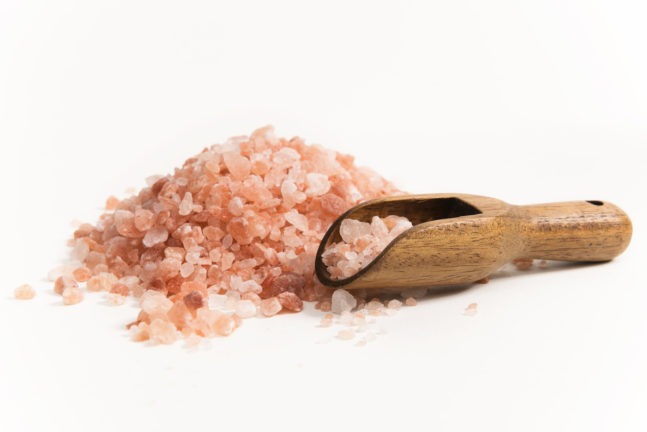
Himalayan Pink Salt
3. Salt
For thousands of years, salt has been used for its “drawing” action, which helps pull infection from inflamed tissues. The ancients did not used table salt processed with aluminum and stripped of natural minerals. Rather, they sought pure, natural salts, either mined or extracted from sea water. Used as one of the earliest forms of currency, salt is essential to human survival. Representing the earth element, salt is one of the three fundamental alchemical substances, along with mercury (water) and sulphur (fire).
In Ayurveda, salt heats and calms the body. Used for food preservation, salt was consumed in larger quantities during winter. When a cold or sore throat is coming on, a salt gargle and mouth rinse restores the mouth’s pH balance, discouraging bacterial growth. Regular salt gargles are an excellent preventative during cold and flu season.

Tongue Scraping
4. Tongue Scraping
Tongue scraping originated with Chinese medicine but was adopted by the Vedics and is believed to have countless benefits. By cleaning surface tissue, taste buds are able to detect and process the six different tastes (sour, sweet, bitter, pungent, salty), making these substances available to the rest of the body. Tongue scraping is considered good for all the organs, and Ayurvedic medicine asserts that the practice clears the mind and reduces ama (toxins, dead bacteria). Our modern tongue scrapers are made from stainless steel, copper, and occasionally bamboo or plastic, and are widely available at natural health food stores or online retailers. Ideally, the tongue is scraped before eating and after oil pulling (see below).
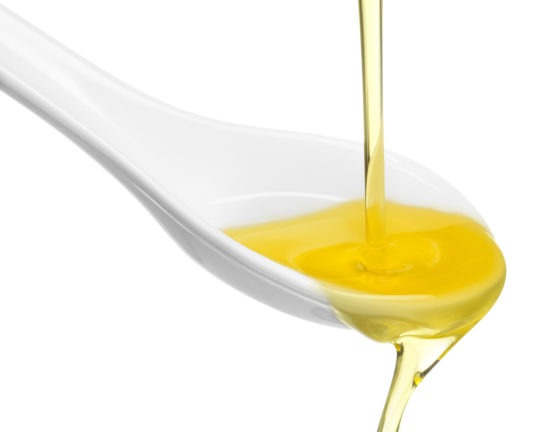
-
Oil Pulling
This method, called Kavala in Ayurvedic texts, is now recognized for efficacy and effectiveness by the NIH. Oil pulling results in reductions in plaque-induced gum disease and bacterial colony counts in the mouth. According to the NIH:
“Oil pulling is a powerful detoxifying Ayurvedic technique that has recently become very popular as a complementary and alternative remedy for many health ailments. Using this method, surgery or medication could be prevented for a number of chronic illnesses. The oil therapy is preventative as well as curative. The exciting aspect of this healing method is its simplicity. Ayurveda advises oil gargling to purify the entire system, as it holds that each section of the tongue is connected to different organ such as to the kidneys, lungs, liver, heart, small intestines, stomach, colon, and spine, similarly to reflexology and Traditional Chinese Medicine.”
Oil pulling instructions are widely available on the internet. Some people prefer to use organic, unrefined, cold-pressed sesame oil, while others believe organic virgin coconut oil has extra benefits. Ayurveda also advises gargling, then massaging the gums with unrefined, organic warm sesame oil. For toothaches, mix with clove oil; for gum health, many add Amla powder to the oil and massage the gums.
Watch this episode of Ayurveda for Detox for more effective health tips:
The Importance of Self-Care in Preventing Chronic Health Problems

Stress is part of life, but before it gets to be too much, it’s time to take care of yourself. Self-care is not selfish.
We all experience stress, it’s hardwired into our DNA; the fight or flight response is within each of us. But when we’ve been cooped up for too long, or events outside of your control way too heavily on your mind, it can all be too much. Mental stress can have serious negative effects on your physical health. That’s why it’s important to take care of yourself, especially if you take care of others or if you’re the type of empath that others lean on, you need to take a break.
To help others you must first help yourself.




